AO Edited
Zona Arqueológica Cempoala
Palace, temple, and pyramid ruins mark the ancient Mesoamerican capital of Totonacapan.
The remains of pyramids and palaces, interspersed with vast green plazas and towering palms, provide a bucolic, unhurried setting in what was once the capital of Totonacapan, the cultural center of a people caught between two worlds. For the better part of a century, the Totonacs, subjugated by Moctezuma I (1440-1459), begrudgingly paid tribute to their Aztec overlords in Mexico-Tenochtitlan (in what is today Mexico City). Then, in 1518, something unexpected happened: ships, under the command of Juan de Grijalva, arrived carrying unknown men. For the Totonacs, this was their first contact with Europeans, and for the Spanish an initial glimpse of the vast riches of Mesoamerica surpassing anything they had encountered since arriving in the Americas in 1492. After a short stay in Totonacapan, on the coast of central Veracruz, the Spanish sailed on. When they returned a year later, under the command of Hernán Cortes, they had no intention of leaving.
Cempoala (or Zempoala) was the first New World city that Europeans had ever seen, and by all first-hand accounts, they were dazzled. The Totonacs, under the leadership of Xicomecoatl, struck a devil’s bargain with Cortes and his troops in order to throw off the yoke of Aztec domination, an alliance that went a long way towards defeating the Aztec Empire. Once a thriving city of between 20,000 and 30,000 people, the site fell into decline and was virtually abandoned just sixty years later (the process accelerated by two smallpox epidemics).
Visiting Cempoala today, the combination of Aztec influences and Gulf Coast traditions are plainly evident. What makes Cempoala distinct from many other Postclassic (1100-1521) sites is that, unlike Mexico-Tenochtitlan, it was never the foundation of a major Spanish settlement, and in many ways is much the same as the Totonacs left it in the 16th Century. Even on the humid, sweltering days of summer, you can often catch a sea breeze from the nearby coast, or enjoy a shady spot beneath a tree or along the periphery of the main ceremonial center.
Architecture is somewhat squat and weighty in appearance. The pyramids, fronted with dual central staircases framed by wide balustrades, are gradually step-shaped. Principle structures include: the Templo Mayor, or main temple built in the late 13th-early 16th centuries, the Templo de las Chimeneas (Temple of the Chimneys) with several superimposed sections, and fronted by a ground-level entrance with column foundations that once supported a roof, three round structures of varying dimensions: the Edificio del Dios Viento, a temple to the Wind God (known to the Aztecs by the name of Ehecatl), Edificio Las Caritas (or Building of the Little Faces) originally containing a wall of stucco-covered skulls, as well as celestial murals, and the Templo de la Cruz (or Temple of the Cross), which also contained mural paintings.
Artifacts from the site are housed in a small museum within the archaeological zone, offering visitors a respite from the sun, along with the excellent display of Totonac sculpture, painting, and ceramics uncovered by INAH archaeologists.
Know Before You Go
Cempoala is located just off coastal highway 180. By car, it is approximately 45 min-1 hr. or 25 miles (40 km) north of the port city of Veracruz, and an hour and a half or 68 miles (109 km) south of Nautla, Veracruz. Traveling towards the coast from Xalapa on highway 140 also takes approximately one hour.
There are frequent buses from every direction. The archaeological zone is 15 minutes from the main bus station at José Cardel, a terminal near the junction of coastal highway 180 and inland highway 140 (to Xalapa). From José Cardel, you can hire a taxi to take you to the archaeological site.
The Cempoala archaeological zone, under the direction of INAH, is open daily from 9-5. The entrance fee is 65 pesos.


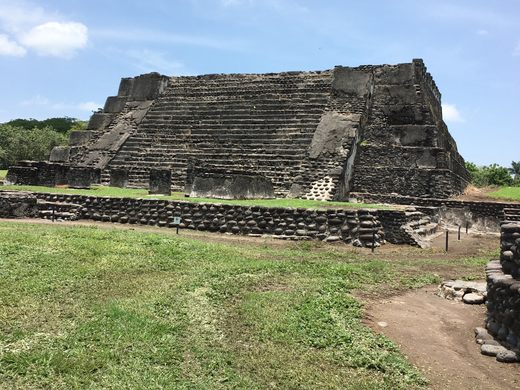
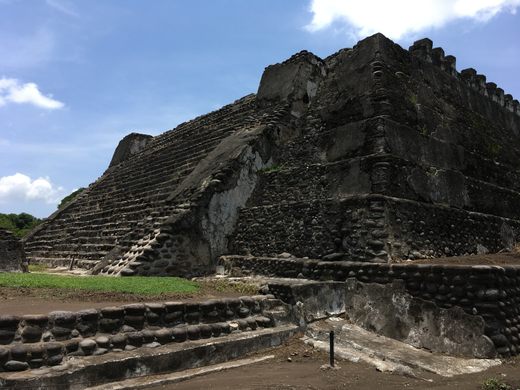
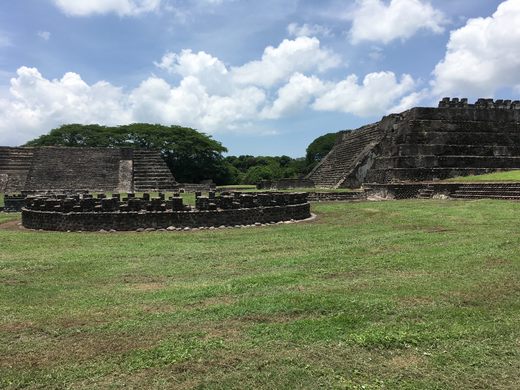

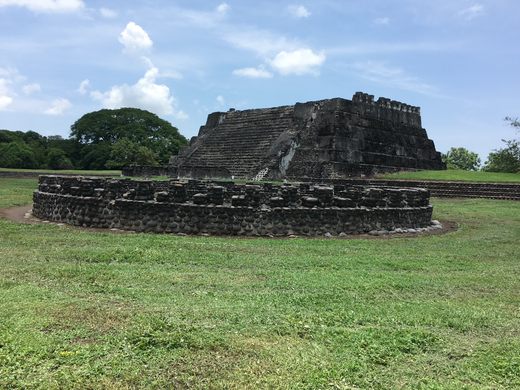
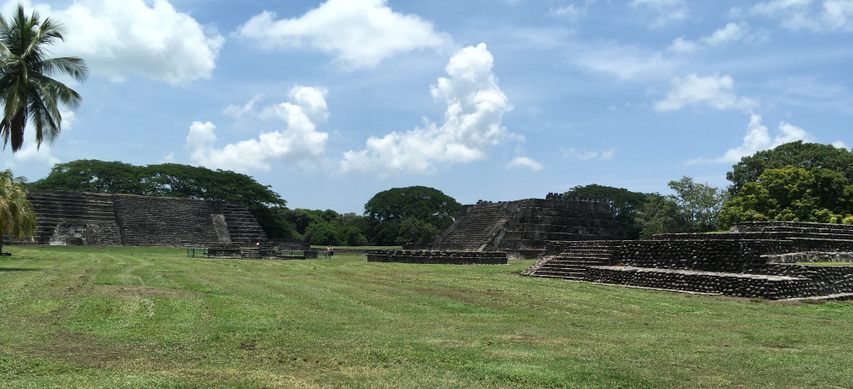
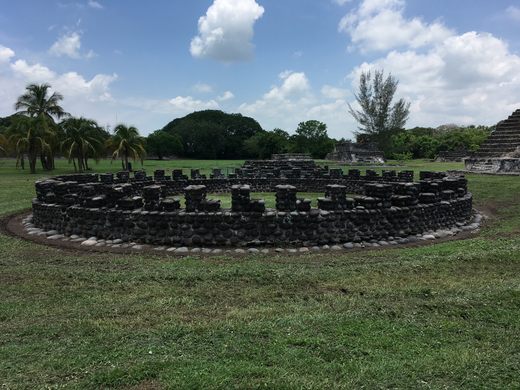




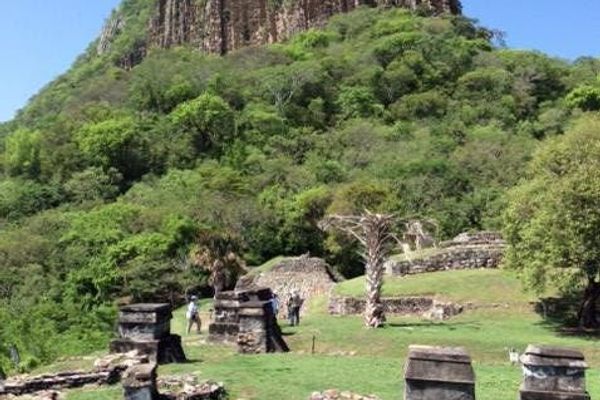


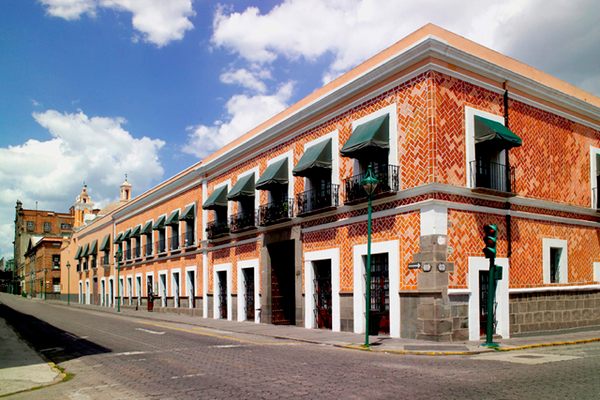

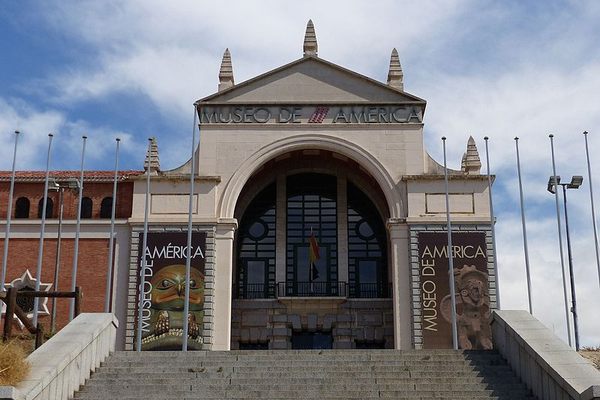


Follow us on Twitter to get the latest on the world's hidden wonders.
Like us on Facebook to get the latest on the world's hidden wonders.
Follow us on Twitter Like us on Facebook